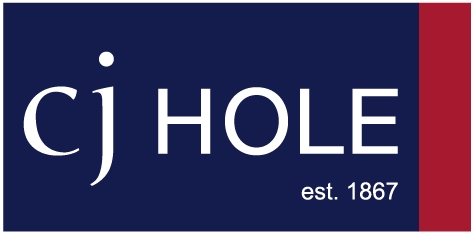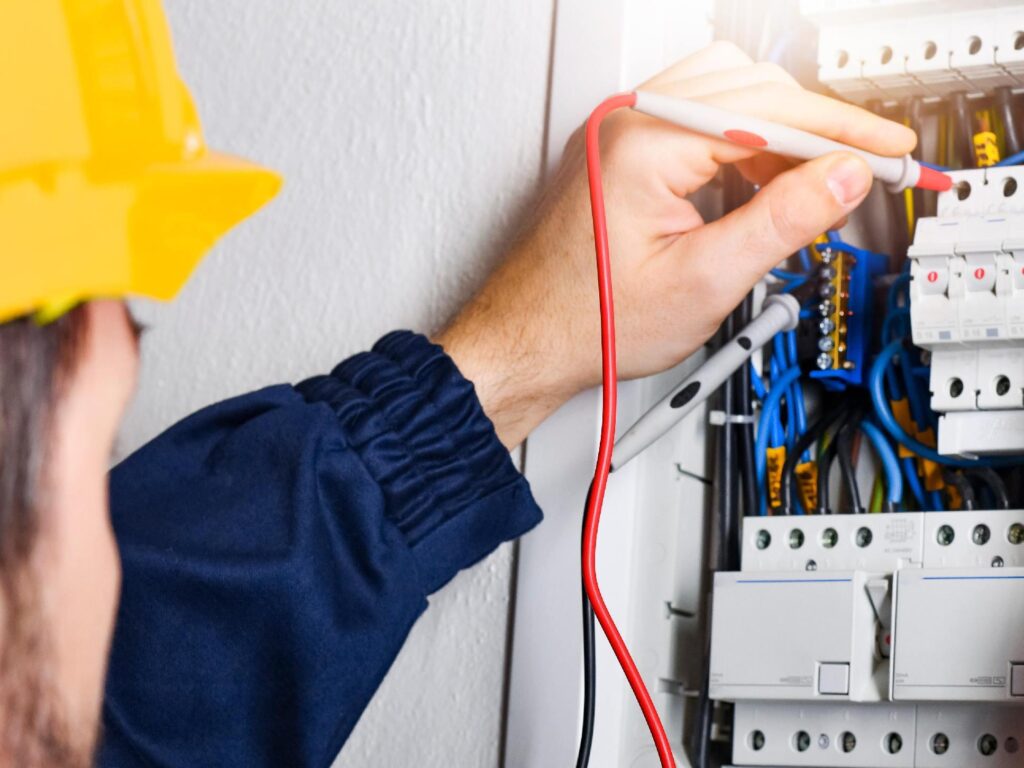Keeping your tenants safe should always be your number one priority as a landlord.
Anyone renting a property in the UK has a right to live in a safe, hazard-free environment and that means landlords must abide by the law and stay on top of their obligations.
Here, we’ll look at five of the most important pieces of health and safety legislation when it comes to renting out your property…
1. Electrical Installation Condition Report (EICR)
Since July 1, 2020, Electrical Installation Condition Reports (EICR) have been compulsory for new tenancies in England.
The rules will apply to all tenancies in England from April 1, 2021.
What is an EICR?
An EICR is a thorough check of your rental property’s electrical systems and their installation and assesses them through three categories:
- C1 – danger exists, and attention is needed immediately
- C2 – potential danger exists, and urgent attention is needed
- C3 – no danger exists, but improvements are needed
An EICR helps ensure your rental property’s electrics are up to standard and is a major piece of legislation aimed at keeping your tenants safe.
Fines for not having a valid EICR, or not carrying out recommended work after having one, can be up to £30,000.
How long does an EICR last?
A valid EICR lasts for five years, so landlords must have an inspection at least every five years to remain compliant.
2. Landlord gas safety certificate
In order to legally let your rental property, you must have valid gas safety certificate in place.
What are the rules around gas safety certificates?
To remain compliant, landlords must:
- Have a gas safety check carried out by a Gas Safe engineer every 12 months
- Issue all tenants with a copy of the gas safety certificate at the start of their tenancy or within 28 days after a new check has been carried out
- Carry out any remedial work outlined by the Gas Safe engineer
- Ensure that all pipework, appliances, chimneys and flues are kept in a safe condition throughout each tenancy
How long does a gas safety certificate last?
Gas safety certificates remain valid for one year and landlords must retain certificates for two years.
3. Smoke alarms and carbon monoxide detectors
Since 2015, landlords have had to adhere to regulations on smoke and carbon monoxide alarms in their rental properties.
At the start of any tenancy, you must ensure there is a functioning smoke alarm fitted on each floor of your rental property.
Are smoke alarms a landlord’s responsibility?
Landlords must ensure smoke alarms are working on the first day of a tenancy.
After that, it is the tenant’s responsibility to test smoke alarms regularly and either replace batteries or request a new alarm from the landlord if required.
Do landlords have to provide carbon monoxide detectors?
Landlords must provide a functioning carbon monoxide alarm in any room that burns a solid fuel, for instance an open fire or log burner.
4. Fire and furniture regulations
If you’re letting your rental property furnished, you must ensure all items meet minimum fire resistance standards.
What are the fire safety regulations for landlords?
Furniture supplied by you as part of a tenancy should have a label confirming it meets standards and you must, as a landlord, be able to confirm furniture provided by you is compliant.
Furniture included in the legislation:
- Sofas, three-piece suites, futons, sofa beds and armchairs
- Nursery furniture
- Beds, headboards, bases and pillows
- Garden furniture that may be used inside the property
- Cushions, seat pads, covers and fitted covers for furniture
Furniture made before 1950 is not included in the legislation, while items like sleeping bags, duvets and carpets are also not included.
Do landlords have to provide a fire extinguisher?
Landlords letting out standard single tenancy rental properties don’t need to provide a fire extinguisher.
Landlords of Houses in Multiple Occupation (HMOs), however, must provide a working fire extinguisher on every floor, as well as fire blankets. Landlords of HMOs may also have to fit fire doors where required.
5. Repairs and the Housing Health and Safety Rating System (HHSRS)
As a landlord, you have a duty to carry out repair work to your property that could affect the health and safety of your tenants.
You’re responsible for:
- The property’s structure and exterior
- Sanitary fittings, including basins, sinks, baths, pipes and drainage
- Heating and hot water systems
- Gas appliances, flues, pipework and ventilation
- Wiring
How long does a landlord have to fix repairs?
If repair work is needed to a rental property, work must be carried out within a ‘reasonable’ period of time.
That timeframe depends on the severity of the problem. For instance, if tenants report a broken boiler in the middle of winter, this should be fixed as soon as possible.
Under the Housing Health and Safety Rating System (HHSRS), 29 potential housing hazards are listed, including excess cold, so not undertaking repairs quickly enough could see you fall foul of these regulations.
What are the 29 HHSRS hazards?
The Housing Health and Safety Rating System (HHSRS) lists 29 hazards that are assessed as either category one or category two issues.
Category one hazards are those that present an immediate threat to a tenant’s health and safety, while category two hazards are less serious.
The 29 HHSRS hazards are:
- Damp and mould growth
- Excess cold
- Excess heat
- Asbestos and Manufactured Mineral Fibres (MMF)
- Biocides
- Carbon monoxide
- Lead
- Radiation
- Uncombusted fuel gas
- Volatile organic compounds
- Crowding and space
- Entry by intruders
- Inadequate lighting
- Noise
- Domestic hygiene, pests and waste
- Food safety
- Personal hygiene and sanitation
- Water supply contamination
- Bath or shower falls
- Level surface falls
- Stairs or steps falls
- Falls between levels
- Electrical hazards
- Fire
- Flames or hot surfaces
- Collision or entrapment
- Explosion
- Ergonomics
- Structural collapse
Other landlord legislation and obligations
Here, we’ve touched on five major pieces of landlord legislation, but there are lots, lots more, including:
- Minimum Energy Efficiency Standards (MEES)
- Legionella risk assessments
- Tenancy deposit protection
- Right to Rent checks
- HMO licensing
- Fire risk assessments
- Tenant fees ban
Our lettings experts can help, so contact your local, award-winning CJ Hole branch for more advice and guidance.





